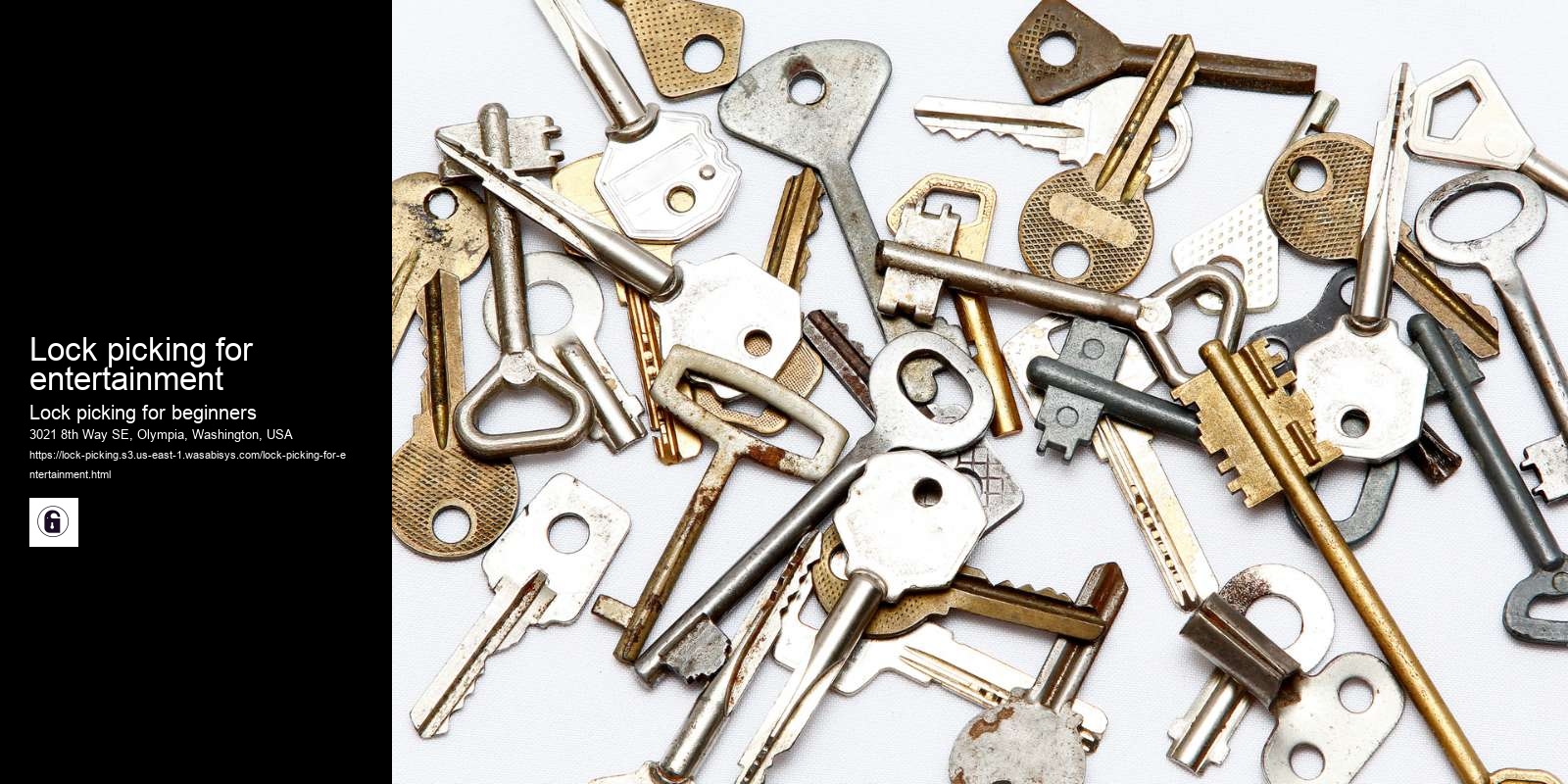It is worth noting that even if lockpicking is legal in a given context, it is still important to act responsibly and ethically. Lockpicking should only be used for lawful purposes and with the permission of the owner of the property being unlocked. Engaging in lockpicking without permission or for illicit purposes can result in criminal charges and other legal consequences.
There are many types of locks that can be picked using various techniques and tools. One of the most common types of locks is the pin tumbler lock, which is found in most residential and commercial buildings. Pin tumbler locks use a series of pins of different lengths that must be aligned to allow the lock to be turned with a key. Lockpicking tools such as picks and tension wrenches can be used to manipulate these pins and simulate the action of a key.
Other types of locks that can be picked include wafer locks, disc detainer locks, lever locks, and combination locks. Wafer locks use flat wafers instead of pins and can be found in some cars and file cabinets. Disc detainer locks use rotating discs with slots that must be aligned, and are commonly used in high-security applications. Lever locks use levers instead of pins and are often found in older buildings. Combination locks require a specific sequence of numbers or letters to be entered to open, and can range from simple padlocks to complex electronic locks.
While different types of locks may require different techniques and tools to pick, the underlying principles of lockpicking remain the same: manipulating the internal components of the lock to simulate the action of a key. However, it is important to note that picking some types of locks, particularly high-security or electronic locks, can be more difficult or even impossible without specialized training and equipment.

